Metaversed: See Beyond the Hype is the new book by Samantha G. Wolfe and Luis Bravo Martins introducing the metaverse stripped of its over-inflated, pie-in-the-sky expectation cloud built up by marketers. The book presents a practical and balanced approach to using the metaverse as it exists today and preparing for how it might exist tomorrow.
ARPost received a copy of Metaversed and had the opportunity to interview the authors on how it came together and what they hope it will achieve.
Preparing for the Metaverse
Metaversed begins with an important and common question in the industry: how do we prepare for the metaverse when we can’t agree on what it is?
“Taking the internet and bringing another dimension to it and setting it free in the phygital world […] it’s almost impossible to fully understand the extent of this shift.”
– Chapter One: Predictions
Early on, the authors present a working definition of the metaverse. This isn’t for the authors to throw their definition into the war of words already taking place around the metaverse, but rather so that everyone reading Metaversed has a common starting point.
“To the authors, the metaverse is the next stage of the internet and results from the evolution of a wide variety of emerging exponential technologies maturing simultaneously, converging and enabling a new interconnected relationship between physical and digital.”
– Chapter One: Predictions
Metaversed isn’t just about technology, but how technology impacts us as a society and as individuals – and about the societal trends that are helping to usher in the metaverse. These include movements towards remote work and education, decentralization, social media, and the creator economy.
“The challenges we’re about to face will need a multidisciplinary effort. Business professionals from all areas, teachers, lawyers, scientists, historians, and sociologists, everyone can contribute with their experience and knowledge so we can start preparing for this tremendous shift.”
– Chapter One: Predictions
A Book Written for Anybody
Metaversed is written for a reader in any profession to encompass the entire metaverse. Chapter two presents all of the technologies playing into the development of the metaverse. That includes immersive technologies like the spatial web, XR hardware, and digital twins. It also includes Web3 and blockchain, cloud computing, and AI and ML.
“I feel like we went through a hype cycle of ‘the metaverse’ as a term and now we’re kind of past that. People are looking beyond that and asking, ‘What is this, really?’” said Wolfe. “I’m hoping that as people get past all of that hype they can ask ‘What does this mean to me, and what does this mean to my business?’”
 Readers of ARPost might be principally interested in immersive technologies. Understanding the role that these technologies will play in larger shifts in the coming years requires an understanding of other technologies even though they may feel removed.
Readers of ARPost might be principally interested in immersive technologies. Understanding the role that these technologies will play in larger shifts in the coming years requires an understanding of other technologies even though they may feel removed.
“The main topic is to bring in people that are not in on all of the metaverse discussion,” said Martins. “We need to have those people. We need to have a version of the metaverse that isn’t just created by technologists like us.”
The book also discusses governments and standards organizations furthering the metaverse through protecting users and ensuring interoperability respectively. A lot of the value of the metaverse will be created by users – much as with the current web, but more equitable.
“A true creator economy has been set in motion where communities are not only spawning creators but overall helping them to remain independent and relevant.[…] With several new platforms available in the gaming industry and in the so-called Web3 businesses, new avenues for distributing digital products and content are being envisioned and built.”
– Chapter Four: New Rules
Life and Work in the Metaverse
The largest single chapter in the book, “Metaversed Markets” is an exhaustive exploration of how different industries are using the extant iteration of the metaverse and how they may adapt to its development. While the bulk of Metaversed discussed opportunities in the metaverse and how to realize them, four chapters are dedicated exclusively to challenges in the metaverse.
“When living in a hybrid reality of digital and physical objects, spaces, and people that we seemingly use and own, will it all be real? The memories of our time immersed in those worlds won’t tell us otherwise. […] We can pick up our lessons learned of the risks involved and plan ahead for a better, positive metaverse. But, to do that, we need to first identify key challenges.”
– Chapter Nine: Understanding Reality
These challenges have some to do with technologies that haven’t yet been realized or optimized, but mainly pertain to the human experience of adapting to and living in the metaverse.
“The whole purpose is exactly that – to try to shed light on not just the potential of the metaverse […] but more than that to try to pass on the challenges of the metaverse,” said Martins. “Presenting the challenges is not negative – it’s facing those challenges […] At the end of the day, what we want is to contribute to a more ethical metaverse.”
Metaversed expresses hope that governments and organizations like the XR Safety Initiative will help to mitigate some risks. It also recognizes that a lot of responsibility will be put on users themselves.
“Even if it’s uncomfortable, we need to discuss how emerging tech can be monitored and regulated. We don’t have to cross our fingers and hope that big tech companies figure it out themselves (again).”
– Chapter Ten: Privacy and Safety in the Metaverse
“Unanswered Questions”
“Because we’re faced with so many unanswered questions and unsolved technical challenges, there should be no shame in saying ‘I don’t know,’ or ‘We don’t know’ when asked about the future […] for better or worse, we’re in this together.”
– Chapter Twelve: The New Humanity
The thing that struck me the most about Metaversed was its honesty. The authors are confident in their predictions but never present those predictions as already being facts. Overall, it feels like a conversation rather than a keynote or a sales pitch.
“At the end of the day, tech runs so quickly and changes so completely unexpectedly […] it’s sort of an exercise,” said Martins. “Hopefully what we can offer is more of the logic of thought.”
How “Metaversed” Came to Be
Wolfe and Martins have a long history, despite having yet to meet in person. The two began talking after Martins read “Marketing New Realities,” which Wolfe co-wrote with Cathy Hackl in 2017. Then, Martins was a guest speaker at Wolfe’s courses at New York University’s Steinhardt School. Martins was invited to write a book and knew who to talk to for a coauthor.
“It started with this opportunity that came about from the publisher. Around that time there was this huge push regarding the metaverse and I was thinking about doing something on the flipside, focusing entirely on the challenges,” said Martins. “I decided that that approach wouldn’t be the best possible way to explain to people who don’t know much or aren’t as involved.”
Wolfe’s coming on board provided the balance that Martins was looking for. It also expanded the vast network of experts that contributed their insights to Metaversed.
“He wanted to write this book about what can go wrong but I tend to be quite positive,” said Wolfe. “I also tend to look at how all of this applies to businesses.”
Despite being based in different countries and working on the book largely asynchronously, the two decided to write Metaversed with one voice, rather than passing chapters back and forth. While the book doesn’t feel divided (at least, not to people who don’t know the authors very closely) both of them have chapters that they feel they put more into.
“In the end, I think we were all very involved in doing the writing and – of course – the research,” said Martins. “There were chapters which were being run by one of us or by the other one, and some – particularly the chapters in the beginning – were very consensual.”
A Digestible Book, if Not in One Sitting
Metaversed: See Beyond the Hype is currently available on Amazon. The book, weighing in at over 300 pages, may or may not be a lot to read from cover to cover depending on where you are on your metaverse journey. However, the book was also designed to be incredibly navigable, making it easy to read or reread as you see fit.



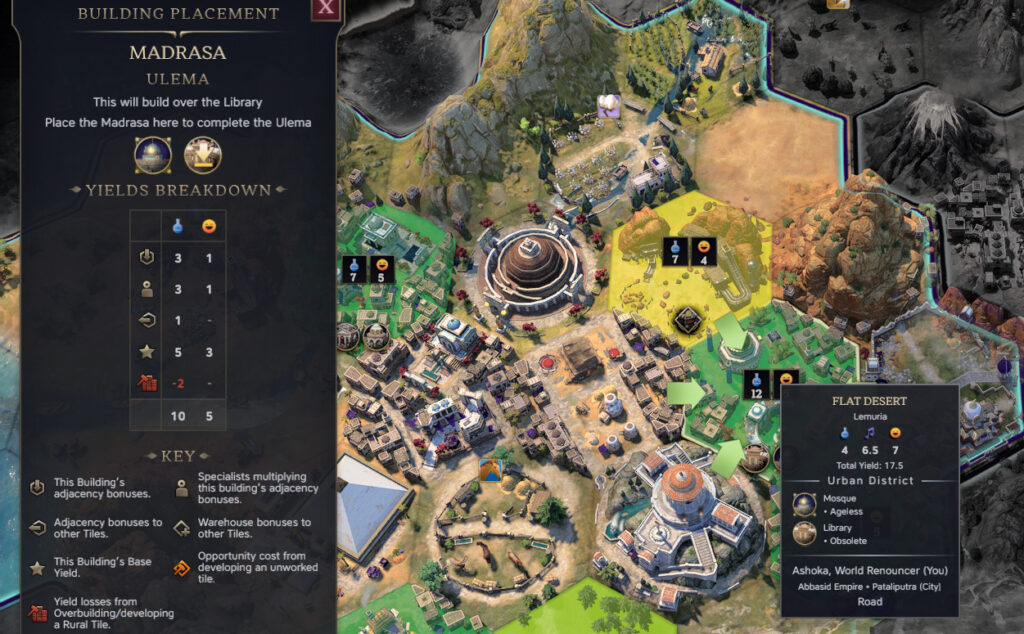


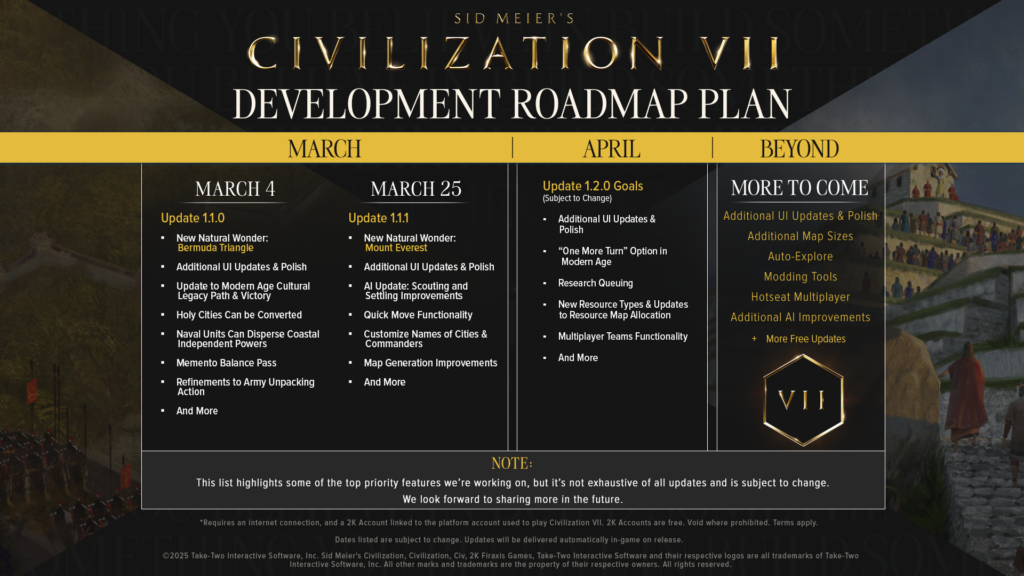


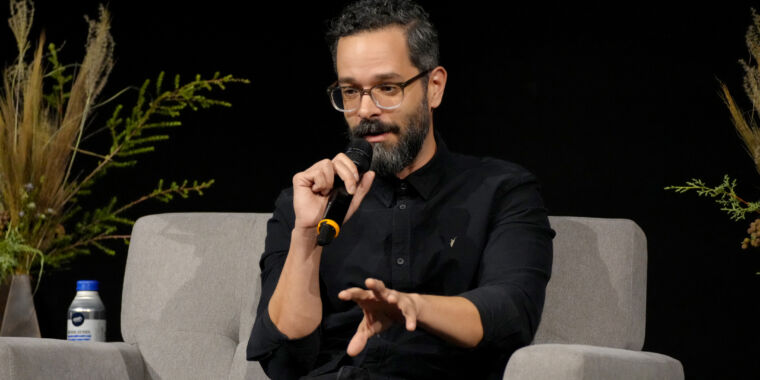
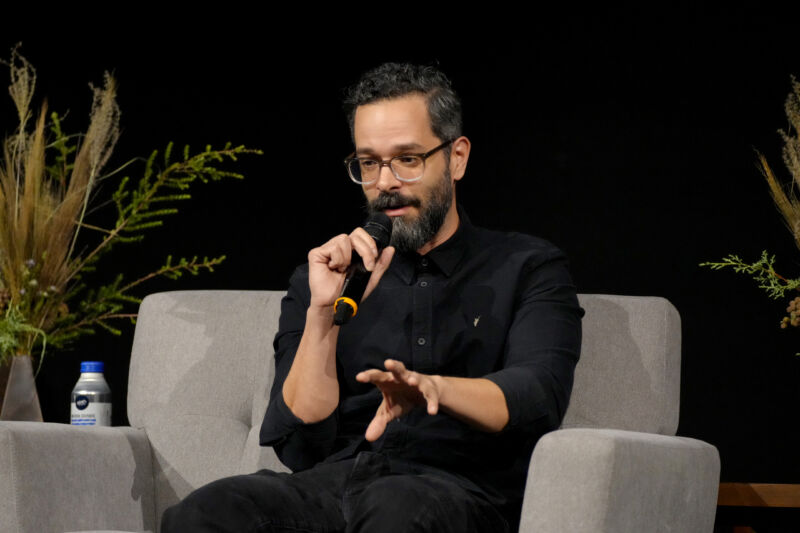

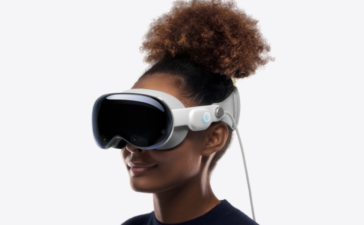


 Readers of ARPost might be principally interested in immersive technologies. Understanding the role that these technologies will play in larger shifts in the coming years requires an understanding of other technologies even though they may feel removed.
Readers of ARPost might be principally interested in immersive technologies. Understanding the role that these technologies will play in larger shifts in the coming years requires an understanding of other technologies even though they may feel removed.


